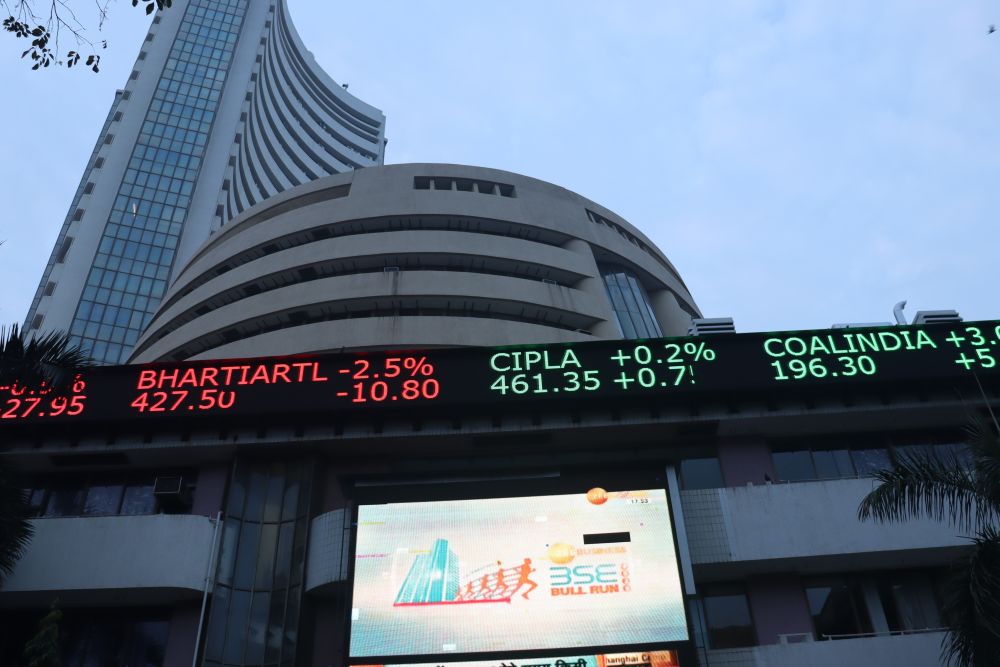For the global economy and markets, the start of 2017 couldn’t have been more different from a year ago. Business confidence as well as growth and inflation expectations are once again on the rise in the US and other major economies. Donald Trump’s election in the US appears to have revived ‘animal spirits’ in the world’s largest economy. This is in sharp contrast with early 2016 when lacklustre growth and deflationary pressures called into question the effectiveness of central bank policies across the developed world, and cast doubt on the longevity of the global economic expansion since the 2008 financial crisis. We characterise this potential shift as a ‘pivot’.
As business confidence returns, global economic growth is slated to accelerate modestly in 2017. Asia ex-Japan is likely to be the biggest contributor to growth yet again. Consensus estimates forecast a 5.7% expansion for Asia ex-Japan in 2017, similar to 2016. The global inflation outlook, meanwhile, remains relatively benign due to sufficient spare capacity worldwide, despite tightening labour markets. This backdrop should result in two or three Fed rate hikes between now and the end of 2017, something the markets have already factored in.
The constructive outlook is not without risks – in particular, any protectionist or punitive trade measures adopted by the incoming Trump administration in the US could heighten uncertainty. Another possibility: faster-than-expected US inflation, perhaps due to building wage pressures, leading the Fed to hasten the pace of rate hikes, in turn fuelling a stronger US dollar and capital outflows from Emerging Markets.
Given this cautiously optimistic backdrop of the global economy’s likely ‘pivot’ from muddle-through to reflation, a traditional balanced allocation between bonds and equities should perform reasonably well, especially when combined with an allocation to global macro strategies and gold as a source of insurance.
Within this balanced approach, we have become slightly more positive on equities and less constructive on bonds relative to a year ago.
The increasingly constructive equities view can be seen through three lenses: earnings, margins and valuations. The biggest difference in expectations for 2017 compared to 2016 is the recovery in corporate earnings. Consensus expectations suggest US earnings growth is likely to accelerate to 12% in 2017 from -1% in 2016. Importantly, drivers of earnings growth have broadened beyond the energy sector to include banks, technology and healthcare.
Europe, Japan and Asia ex-Japan, are also expected to see faster earnings growth, with Asia ex-Japan earnings estimated to accelerate to 13% from 3% last year.
We have also become more constructive on US profit margins given expectations of re-acceleration in growth in 2017 as well as the prospect for lower taxes. Perhaps more significant is the prospect for a pick-up in inflation - historically there has been a positive link between US inflation and corporate margins. In the financial sector, higher interest rates could lift net interest margins and boost return-on-equity and valuations in the sector. This is currently being discounted by the market. Outside the US, margins remain lacklustre in the Euro area, but have the potential to show some recovery in Japan thanks to the weak yen.
Finally, we would characterise valuations across global equity markets as elevated. The key to a market retaining its premium valuation is an upside surprise to earnings growth. On this score, the US has a greater likelihood of retaining its premium valuation given the earnings growth prospects.
Based on these perspectives, the US is our most preferred market as we enter 2017. There is an added likelihood of measures by the incoming Trump administration to encourage the repatriation of estimated US$2.3 trillion of US corporate profits held overseas. A significant proportion of any such repatriation is likely to be used by companies to boost dividends and increase share buybacks.
Besides the US, we also like Japanese equities on a currency-hedged basis. The sharp weakening of the yen as a result of the Bank of Japan’s policy of anchoring long-term yields should help Japanese corporate earnings surprise on the upside.
In Asia ex-Japan, sentiment has deteriorated recently as the US dollar has moved sharply higher. This has raised concerns that the region’s central banks will be forced to pursue less supportive monetary policies. Assuming we are right and US dollar strength is limited, we believe Asia’s underlying fundamentals should ultimately show through. For the time being, we prefer Asia ex-Japan equities where earnings expectations are improving.
One key risk to the above outlook is the significant weakness of the yuan. Through most of last year, China’s authorities allowed a weaker yuan on a trade-weighted basis. Until recently, this was consistent with a gradual depreciation of the yuan versus the US dollar and manageable capital outflows. However, recent US dollar strength has made this more challenging, with the authorities becoming increasingly concerned about capital flight. Our central scenario remains that the authorities will be able to manage this, allowing an orderly and modest weakening of the yuan, with a more stable economy helping to boost sentiment relative to a year ago. However, we remain watchful of the risks.
China’s twin near-term challenges – the Communist Party Congress in autumn, which will usher in a new generation of leaders, and the threat of trade protectionism from the US – means authorities are likely to maintain, if not boost, fiscal stimulus measures in the coming quarters to ensure stable growth. Beijing is also likely to redouble its focus on boosting domestic consumption to offset any slowdown in global trade. These growth-supportive trends support our preference for Chinese equities over bonds this year.
In particular, we have a preference for China’s new economy sectors which are driving domestic growth and earnings and furthering the economy’s shift away from investment and exports and towards consumption. We remain constructive on China’s infrastructure-related sectors on the prospect for targeted spending on infrastructure.
Lastly, we like China’s banks for their high dividend yields and inexpensive valuations. There has been increasing recognition of bad loans in the banking sector – an almost four-fold increase in listed bank debt write-offs to 594 billion yuan in 2015, up from 158 billion yuan in 2010. While this has negatively impacted bank profits, the sector has re-rated as investors reward the belated recognition of the challenges facing the sector. China’s banks also fit into our ‘pivot’ theme for 2017 – investors want to get yields, but they would like to gain more exposure to reflationary assets.
Steve Brice is chief investment strategist of Standard Chartered Private Bank









